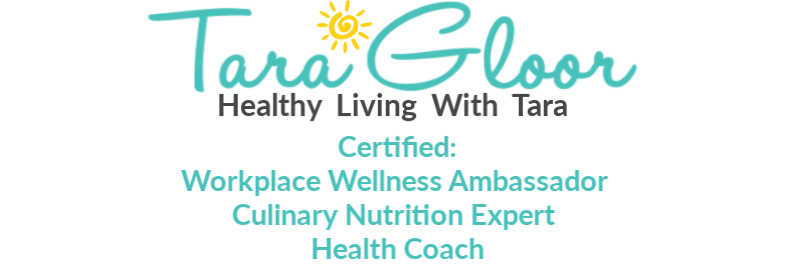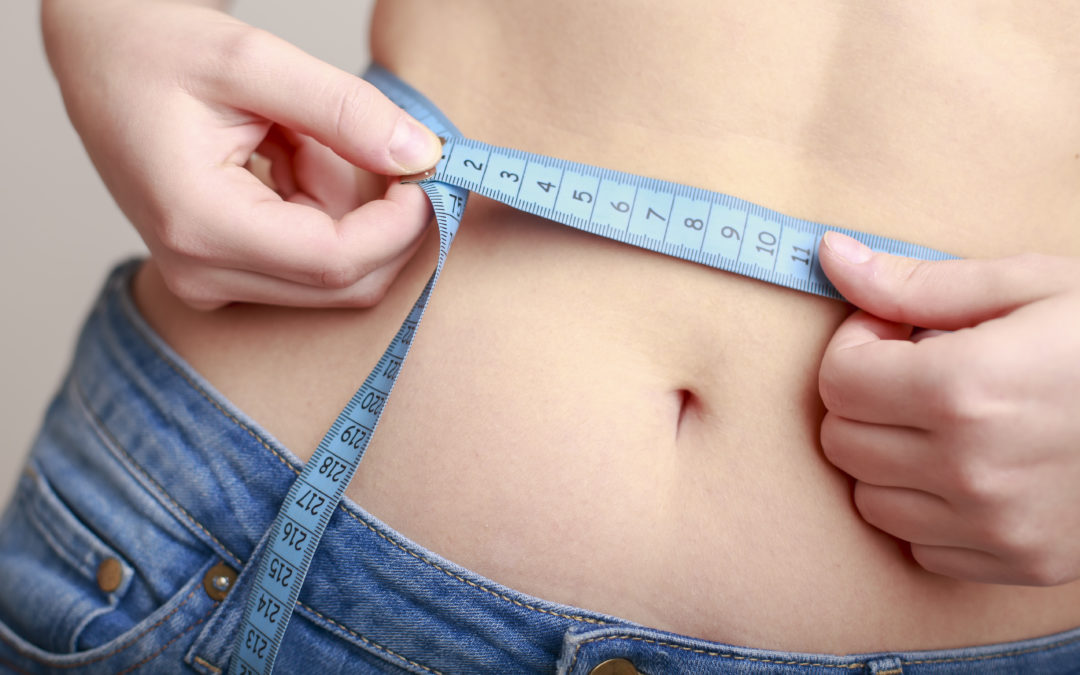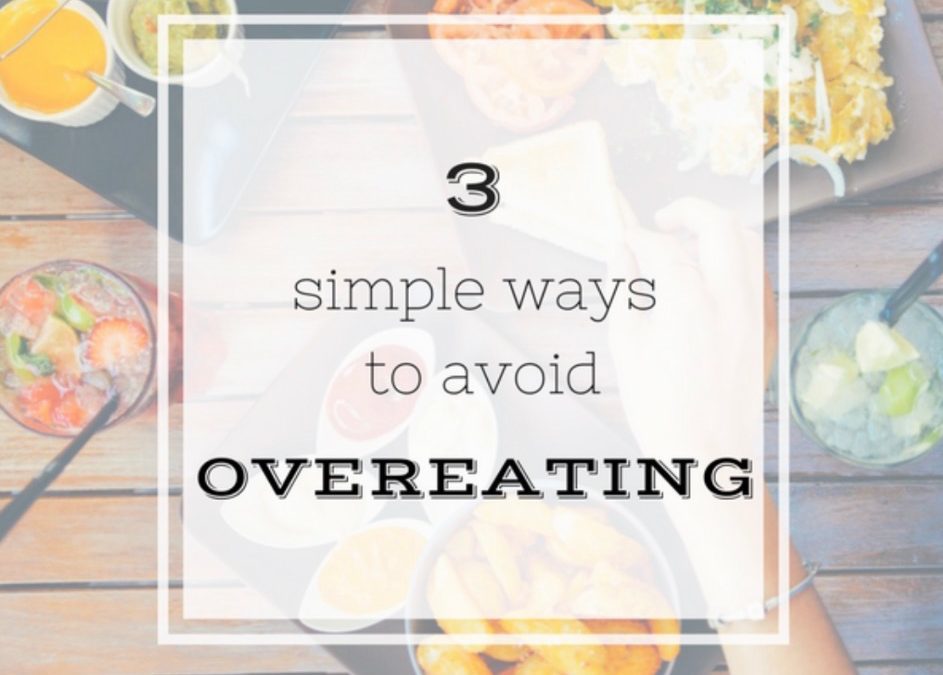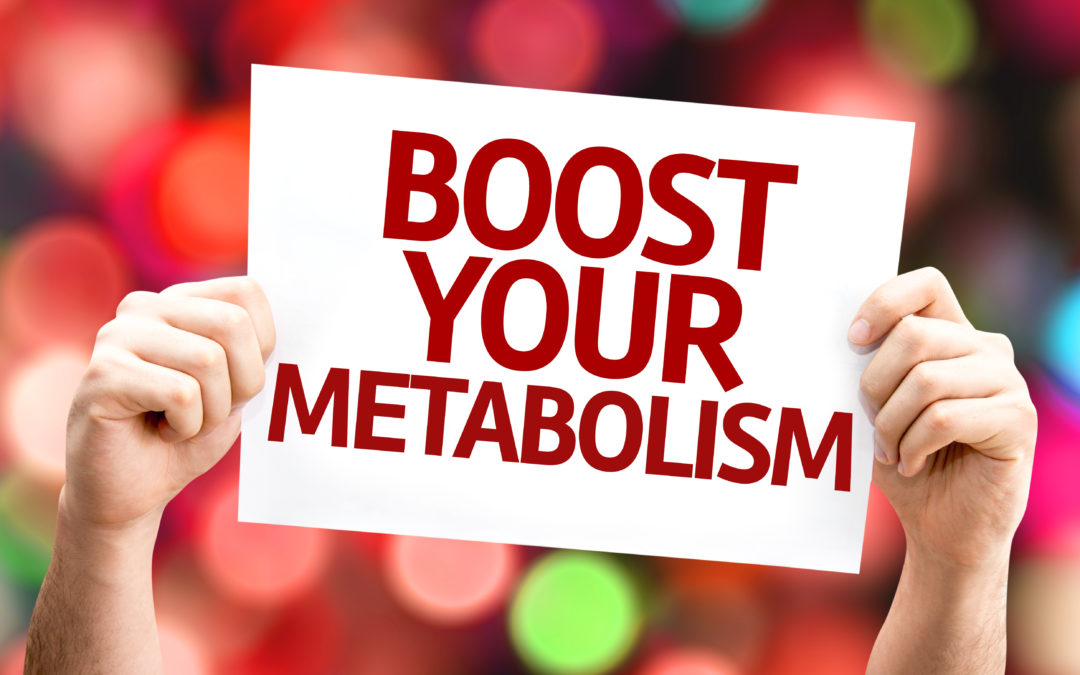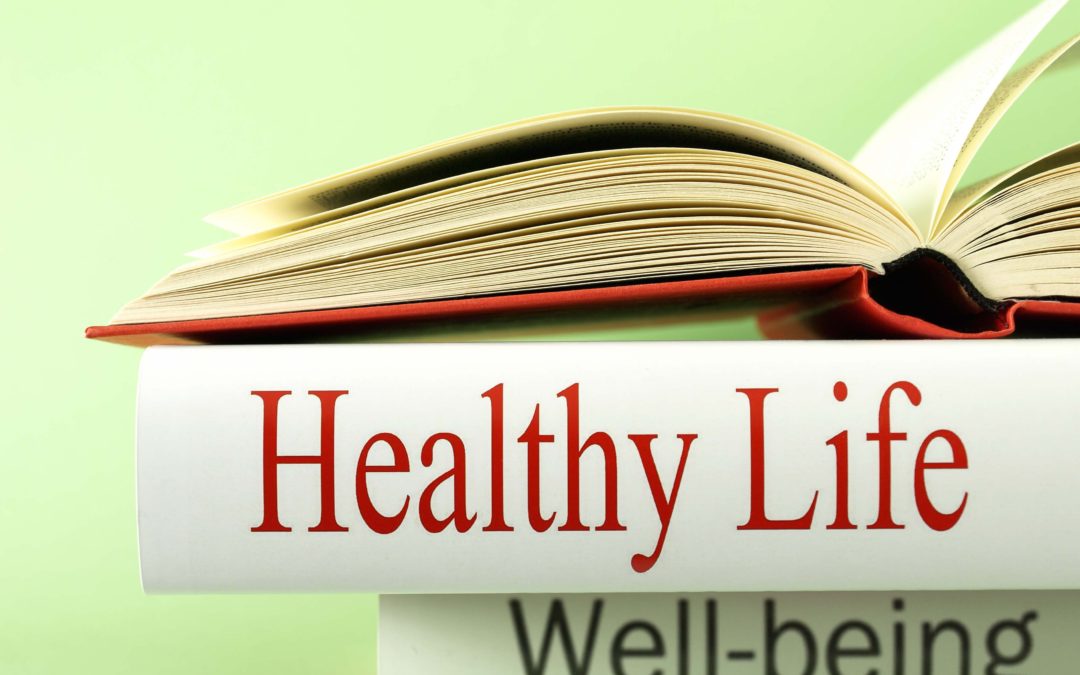
What You Eat vs. How Much You Eat
Tired of counting calories and obsessing about how much you eat? Consider focusing on what and how you eat instead!
There is no shortage of health information available on the internet, in the media, and from well-meaning family and friends.
But some of that information may be doing you more harm than good.
What you eat and drink
The “calories in, calories out” philosophy (i.e. how much you eat) is being drowned out with research on other factors that may be just as important. Don’t get me wrong limiting calories, carbs or fat can certainly help you lose weight but that’s simply not the only factor for long-term weight loss and maximum energy for everyone.
You can certainly still continue to count your calories, carbs, and fat but don’t forget to also pay attention to what you eat.
Ideally, you need a varied diet full of minimally-processed foods (i.e. fewer “packaged” “ready-to-eat” foods). This simple concept is paramount for weight loss, energy, and overall health and wellness.
Every day try and aim for:
- A colourful array of fruits and veggies at almost every meal and snack. You need the fiber, antioxidants, vitamins, and minerals.
- Enough protein. Making sure you get all of those essential amino acids (bonus: eating protein can increase your metabolism).
- Healthy fats and oils (never “hydrogenated” ones). There is a reason some fatty acids are called “essential” – you need them as building blocks for your hormones and brain as well as to be able to absorb essential fat-soluble vitamins from your uber-healthy salads. Use extra virgin olive oil and coconut oil, eat your organic egg yolks, and get grass-fed meats when possible. You don’t need to overdo it here. Just make sure you’re getting some high-quality fats.
How you eat and drink
Also pay attention to how you eat and drink.
Studies are definitely showing that this has more of an impact than we previously thought.
Are you rushed, not properly chewing your food, and possibly suffering from gastrointestinal issues? Do you drink your food?
When it comes to how you eat let’s first look at “mindful eating”.
Mindful eating means to take smaller bites, eat slowly, chew thoroughly, and savour every bite. Notice and appreciate the smell, taste and texture. Breathe.
This gives your digestive system the hint to prepare for digestion and to secrete necessary enzymes.
This can also help with weight loss because eating slower often means eating less. Did you know that it takes about 20 minutes for your brain to know that your stomach is full?
We also know that more thoroughly chewed food is easier to digest and it makes it easier to absorb all of those essential nutrients.
And don’t forget about drinking your food.
Yes, smoothies can be healthy and a fabulously easy and tasty way to get in some fruits and veggies but drinking too much food can contribute to a weight problem and feelings of sluggishness.
Don’t get me wrong a green smoothie can make an amazingly nutrient-dense meal – just consider a large smoothie to be a full meal not a snack. And don’t gulp it down too fast.
If your smoothies don’t fill you up like a full meal does try adding in a spoon of fiber like ground flax or chia seeds.
Consider not only how much you eat but also what and how you eat it.
Thanks for reading and keep well,
